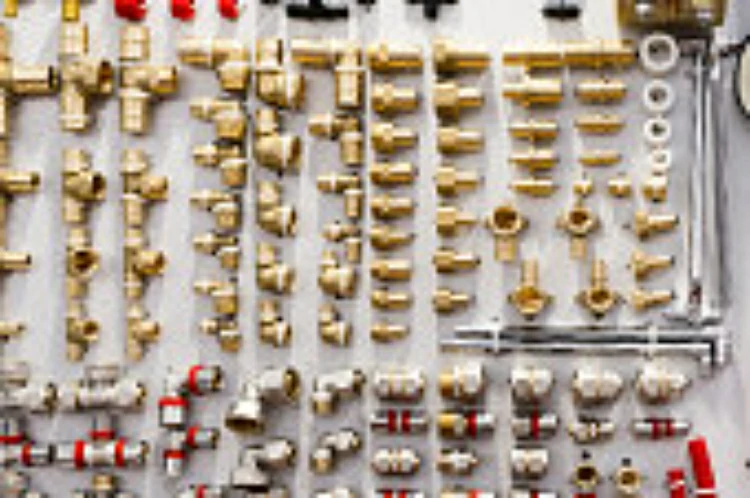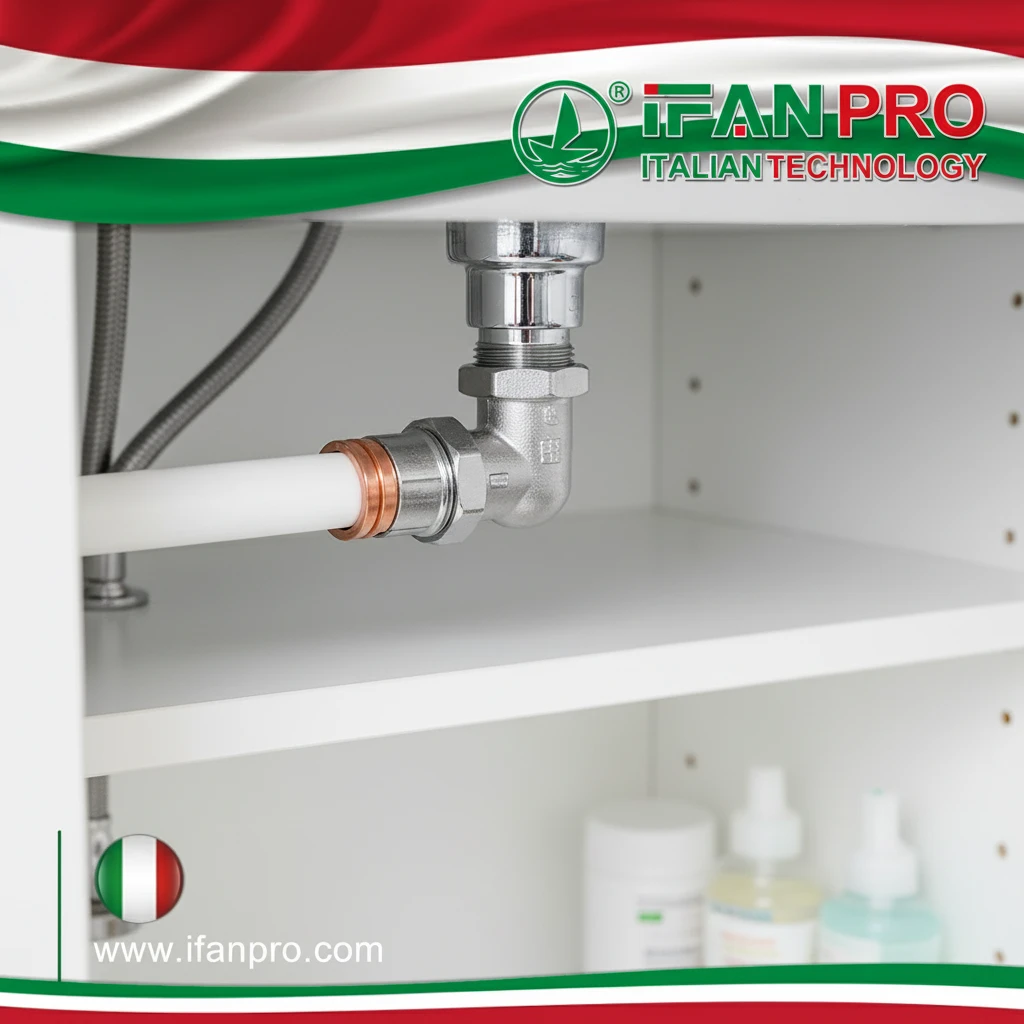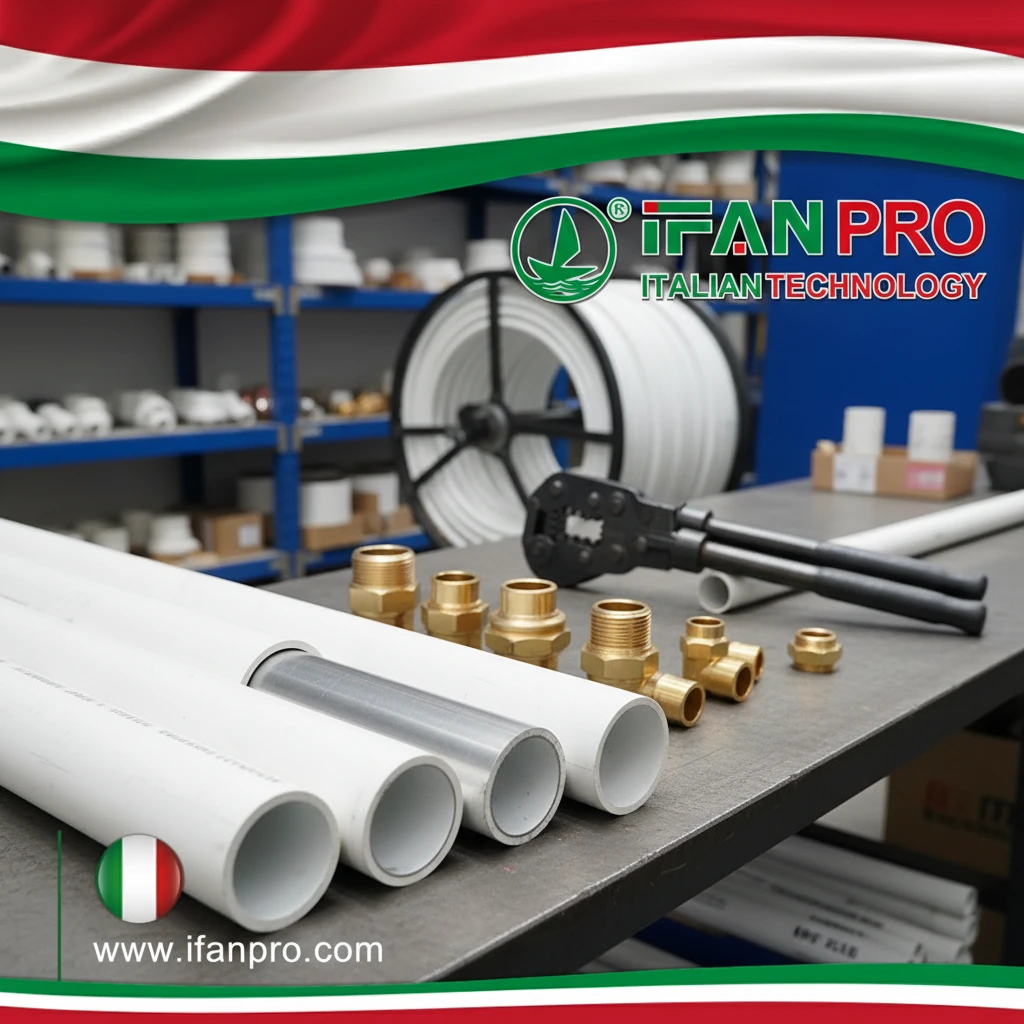Proper Installation of Brass Ball Valves
Understanding Installation Requirements
Installing brass ball valves correctly is essential to ensure optimal performance and longevity. Before installation, carefully review the manufacturer’s instructions and specifications to understand the requirements specific to the valve model. Additionally, ensure that the valve size, type, and materials are compatible with the intended application.
Preparing the Pipeline
Before installing the brass ball valve, thoroughly clean the pipeline to remove any debris, dirt, or contaminants that could affect valve operation. Use appropriate tools and equipment to cut and prepare the pipeline according to the valve’s size and specifications. Ensure that the pipeline ends are smooth and free from burrs to prevent damage to the valve seals.
Securing the Valve
Carefully position the brass ball valve within the pipeline, ensuring proper alignment and orientation. Use suitable fittings, such as threaded connections or compression fittings, to secure the valve in place. Tighten all connections according to the manufacturer’s recommendations, using the appropriate tools to achieve a leak-free seal.
Testing for Leaks
After installation, perform a thorough leak test to verify the integrity of the brass ball valve and pipeline connections. Use a pressure testing device to pressurize the system gradually, checking for any signs of leaks or pressure drops. Address any leaks promptly by tightening connections or replacing faulty components to ensure reliable performance.
Maintenance of Brass Ball Valves
Regular Inspection
Regular inspection is crucial to identify and address any issues or wear and tear that may affect the performance of brass ball valves. Inspect the valve body, ball, stem, and seals for signs of corrosion, damage, or leaks. Lubricate moving parts as needed to ensure smooth operation and prevent friction-related wear.
Cleaning and Lubrication
Periodically clean the exterior of brass ball valves using a mild detergent and water to remove dirt, grease, or debris buildup. Avoid using harsh chemicals or abrasive cleaners that could damage the valve’s finish. Additionally, apply a suitable lubricant to the valve stem and other moving parts to maintain smooth operation and prevent corrosion.
Valve Actuation
Regularly exercise brass ball valves by operating them through their full range of motion. This helps prevent valve seizing or sticking due to prolonged periods of inactivity. If valves are not used frequently, consider implementing a scheduled valve exercise program to ensure proper function and prevent performance issues.
Replacement of Seals and Components
Over time, the seals and components of brass ball valves may wear out or deteriorate, compromising their effectiveness. Monitor the condition of seals and internal components during routine inspections, and replace them as needed to maintain optimal performance and prevent leaks.
Conclusion
In conclusion, proper installation and maintenance are essential for ensuring the reliable operation and longevity of brass ball valve. By following manufacturer guidelines for installation, conducting regular inspections, cleaning, lubricating, and replacing worn components as needed, users can maximize the performance and lifespan of brass ball valves in various applications. Adhering to recommended practices for installation and maintenance helps prevent costly downtime, minimize repairs, and ensure the efficient operation of fluid control systems.
IFAN is a Chinese manufacturer of plastic pipes, fittings and valves with 30 years of experience. If you are interested in IFAN Raccords en cuivre, vannes en cuivre, tuyaux et raccords en plastique, veuillez nous contacter. IFAN offers you a variety of standard pipes to meet your specific needs. Click below to learn more about IFAN’s wide range of affordable and cost-effective valve products and piping system related products.
We will reply your email or fax within 24 hours.
You can call us at any time if there is any question on our production.
For more information,pls visit our webside https://ifanpro.com/
Veuillez envoyer un courrier à l'adresse suivante [email protected]
Whatsapp : + 86 19857948982














Commentaires récents